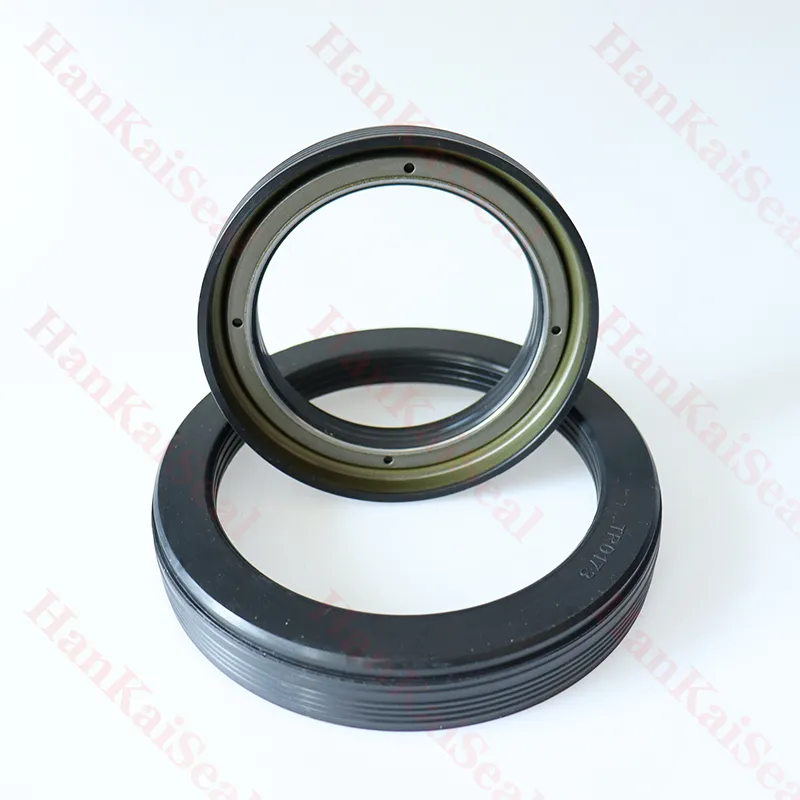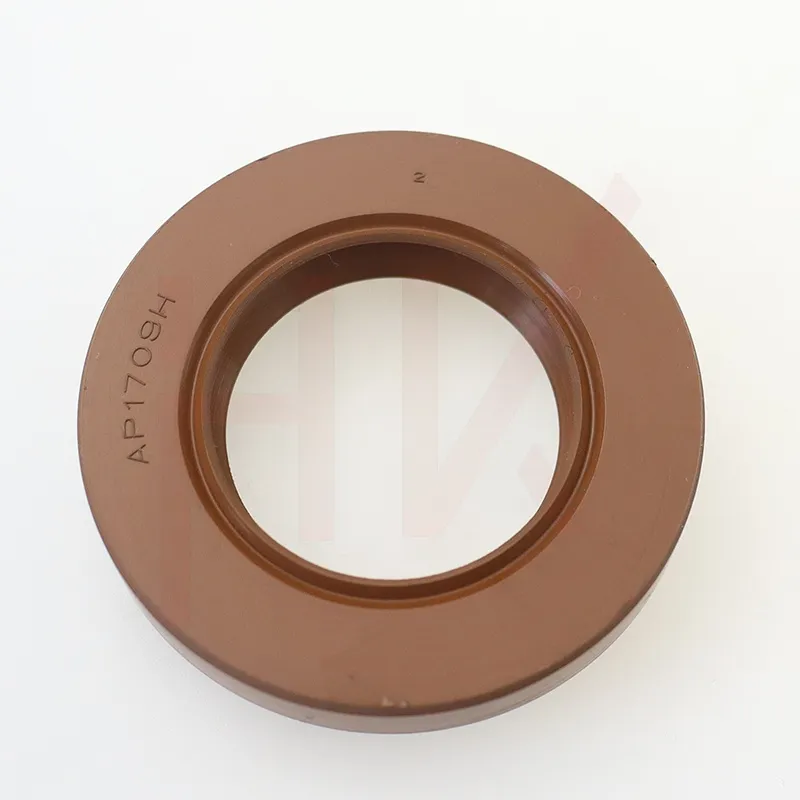Feb . 15, 2025 19:07 Back to list
dust seal
Dust seals are an often-overlooked but crucial component in various industrial and mechanical systems. Their primary function is to prevent contaminants such as dust, dirt, and moisture from entering and damaging critical components within machinery or equipment. Their utility extends across a diverse range of industries, including automotive, manufacturing, construction, and more. Understanding dust seals' significance and appropriate usage can vastly improve equipment longevity and performance.
From a technical standpoint, the design of a dust seal can vary to meet different interface requirements. Some seals are designed with a lip configuration, enabling them to maintain contact pressure when components move, thereby not compromising their sealing capabilities. Others utilize a labyrinth design, which provides a tortuous path that is difficult for particles to navigate, hence optimizing the seal's effectiveness without friction-related wear. The installation of dust seals is a process that demands attention to detail. Proper alignment and application pressure are critical; an incorrectly installed seal can negate its protective function leading to potential system failures. Professionals emphasize utilizing the correct tools and techniques tailored to each application to ensure the seal's optimal performance and longevity. For businesses looking to integrate effective dust seal solutions, collaboration with manufacturers and suppliers is key. They can offer customized solutions, taking into account specific operational parameters and environmental conditions. Key considerations include factors such as pressure levels, temperature ranges, and the type of contaminants typically encountered. Engaging with suppliers who have a proven track record and expertise can markedly enhance system reliability and performance. In conclusion, dust seals are an indispensable component of machinery and equipment across multiple industries. Their optimal utilization extends the life of critical components, minimizes maintenance costs, and enhances operational efficiency. To ensure these benefits, regular inspection, appropriate material selection, and precise installation are essential. As the field continues to evolve, advancements in materials and technologies will likely introduce even more effective dust seal solutions, solidifying their importance in industrial and mechanical systems.


From a technical standpoint, the design of a dust seal can vary to meet different interface requirements. Some seals are designed with a lip configuration, enabling them to maintain contact pressure when components move, thereby not compromising their sealing capabilities. Others utilize a labyrinth design, which provides a tortuous path that is difficult for particles to navigate, hence optimizing the seal's effectiveness without friction-related wear. The installation of dust seals is a process that demands attention to detail. Proper alignment and application pressure are critical; an incorrectly installed seal can negate its protective function leading to potential system failures. Professionals emphasize utilizing the correct tools and techniques tailored to each application to ensure the seal's optimal performance and longevity. For businesses looking to integrate effective dust seal solutions, collaboration with manufacturers and suppliers is key. They can offer customized solutions, taking into account specific operational parameters and environmental conditions. Key considerations include factors such as pressure levels, temperature ranges, and the type of contaminants typically encountered. Engaging with suppliers who have a proven track record and expertise can markedly enhance system reliability and performance. In conclusion, dust seals are an indispensable component of machinery and equipment across multiple industries. Their optimal utilization extends the life of critical components, minimizes maintenance costs, and enhances operational efficiency. To ensure these benefits, regular inspection, appropriate material selection, and precise installation are essential. As the field continues to evolve, advancements in materials and technologies will likely introduce even more effective dust seal solutions, solidifying their importance in industrial and mechanical systems.
Previous:
Latest news
-
Wiper Oil Seal: Our Commitment to Clean Hydraulics
NewsAug.13,2025
-
Hydraulic Oil Seal for Self Discharging Cars
NewsAug.13,2025
-
Hub Oil Seal for Agricultural Tractor Hubs
NewsAug.13,2025
-
Skeleton Oil Seal with NBR Material
NewsAug.13,2025
-
Rotary Lip Seal for High Pressure Applications
NewsAug.13,2025
-
Cylinder Seal Kits Our Legacy of Hydraulic Trust
NewsAug.13,2025
-
Unlocking the Potential of Hydraulic Systems with Essential Sealing Solutions
NewsAug.06,2025
Products categories
















